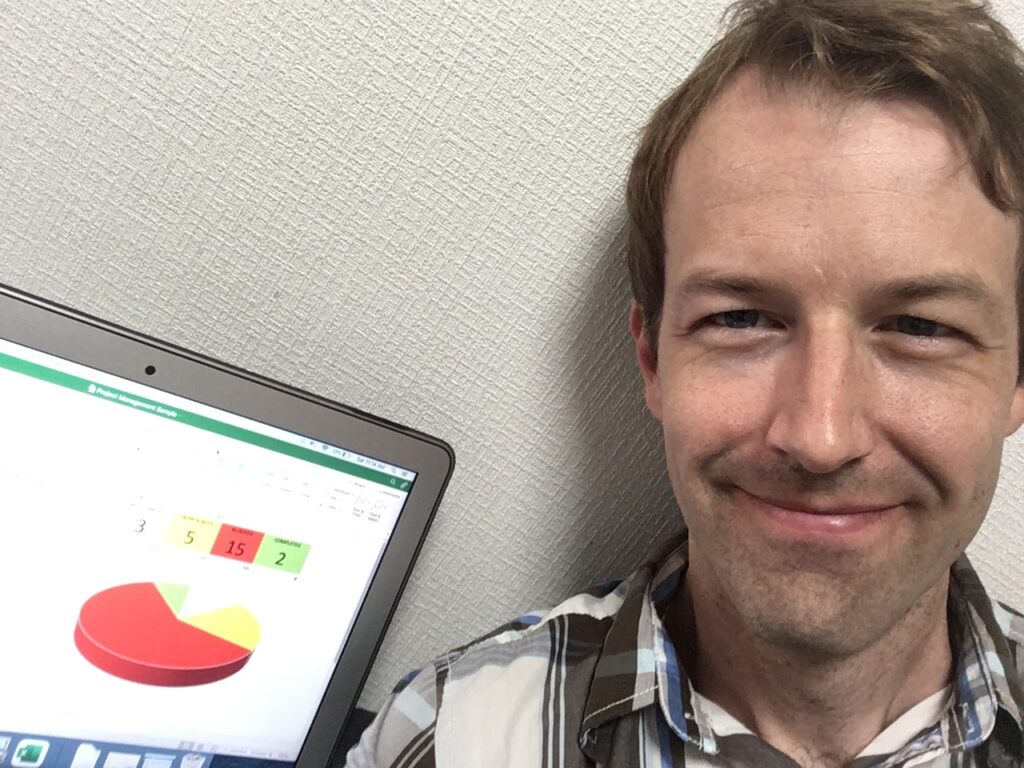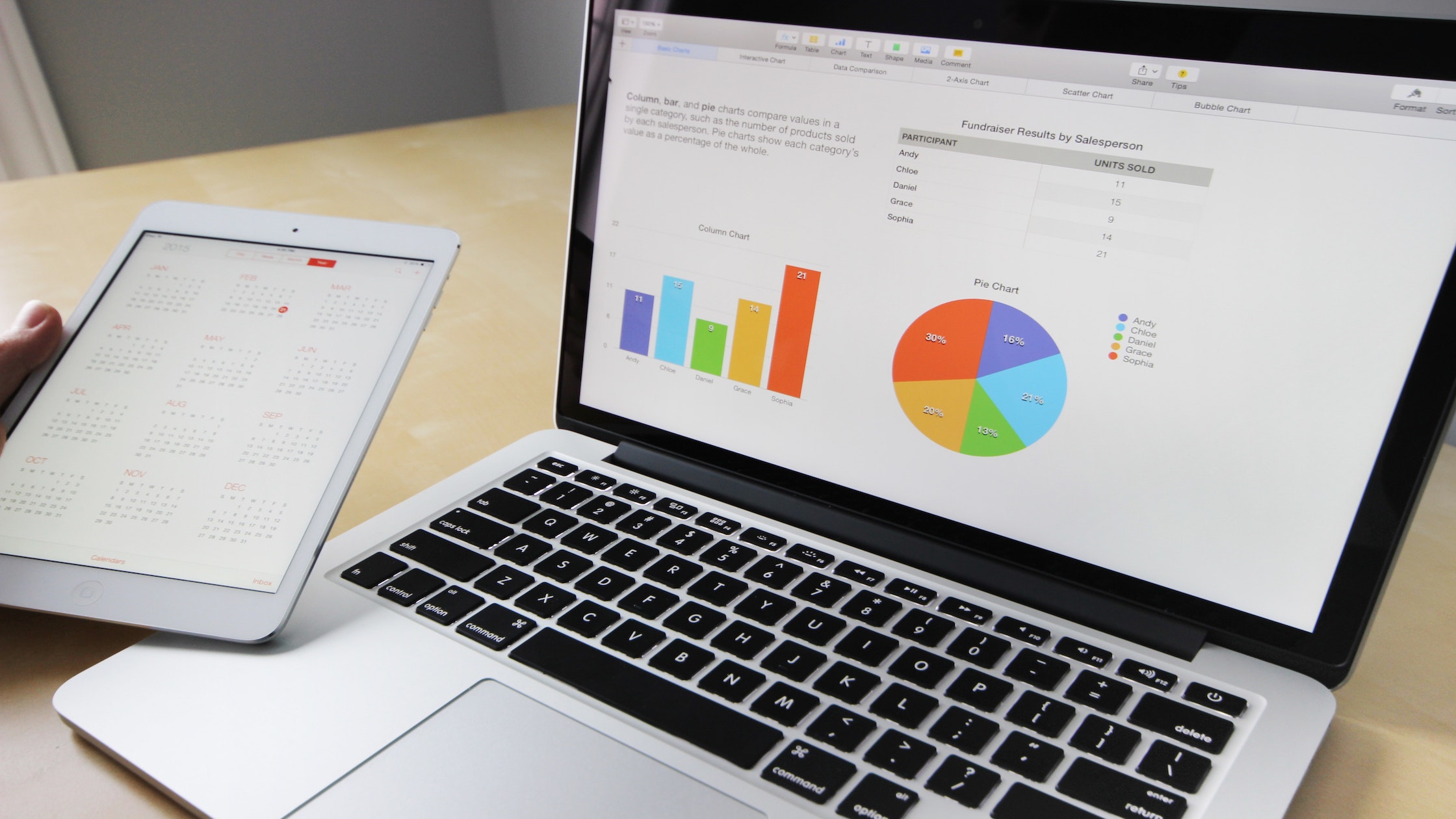Excel for Pharmacists: How Dr. Evans Built a Data-Driven Career
Let’s talk about Excel for pharmacists part of a professional development toolkit. By the time I left my job as a pharmacy project manager at a three-hospital system to move overseas, I was starting to develop a reputation as the Excel Guru. Although my job title on paper was ‘pharmacist’ I wore several hats, from pharmacy operations and compliance to finance.
What’s more interesting is that if I had the knowledge and skills I do now when I was initially hired as the outpatient pharmacy manager, I would have saved so much time and frustration during those first years as I worked hard to make the outpatient pharmacy an integral part of the hospital. This is something I am keenly aware of today, as I also took every opportunity I could to help with new interdisciplinary and quality improvement projects.

How did I get started?
During that time, I also started an MBA program and my first class was a prerequisite course in accounting, which was an eye-opener for me. It was also the first class that required me to use Excel, and I didn’t know anything. I knew so little, in fact, that rather than using the SUM function to total numerous rows, I added them up on a calculator and manually entered them in Excel. I was obviously very frustrated when I discovered I could have saved myself several hours if I had understood that one simple function, or if I had even understood there were functions in Excel.
I moved from the outpatient manager to my quasi-position of pharmacist on paper, but jack-of-all trades in practice, in 2018. I asked to move to a part-time role because my medical writing business had gotten too busy to keep up with both. By then, I had been working on quality improvement, finance, revenue cycle, and compliance for several years. I went into the meeting with a schedule already made out, which would allow me to have the pharmacy covered while reducing my hours to 24 per week. Instead, my boss told me didn’t need me to staff the pharmacy – he needed me those 3 days per week working solely on improving the pharmacy and the hospital.
I was thrilled, but that role also required a lot of data analysis.
I was asked questions like:
- Which unit is sending us the most (and least) discharge prescriptions?
- How many patients are going home on Sunday without their prescriptions (because we’re closed)?
- How many prescriptions are being sent to outside pharmacies after-hours during the week?
- Which doctors are sending us the most prescriptions?
- How often are benzodiazepines being prescribed with opioids?
- How much money can we save by purchasing from a different distributor?
What I did next…
Enter the world of Excel. It is possible to answer all of those questions with EMR data, pharmacy dispensing data, or purchasing data. However, answering those questions requires designing and running reports in Excel and learning how to effectively and efficiently manipulate that data.
I started to use Excel almost daily at work, learning primarily by searching the internet until I found what I needed. I spent time occasionally with a friend and colleague in our medical quality department who had far more experience than me. Slowly, I got better and better at getting Excel to do what I wanted it to.
How can you get started?
It took a significant amount of time to learn, apply and repeat the process over time, which worked to achieve the expertise. However, if you want to take advantage of saving the frustration I experienced on top of the hours spent, then sign up for my course Excel Fundamentals for Healthcare and get started learning Excel today!
Reviewed by the Pharmacy Informatics Academy team. If you would like to share your career perspective in pharmacy informatics or healthcare technology, shoot us a note!

